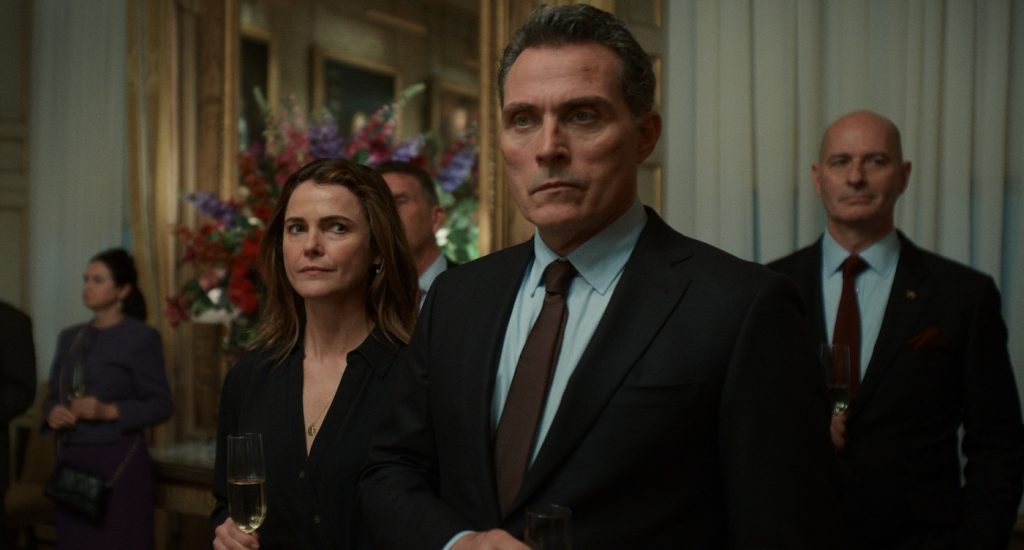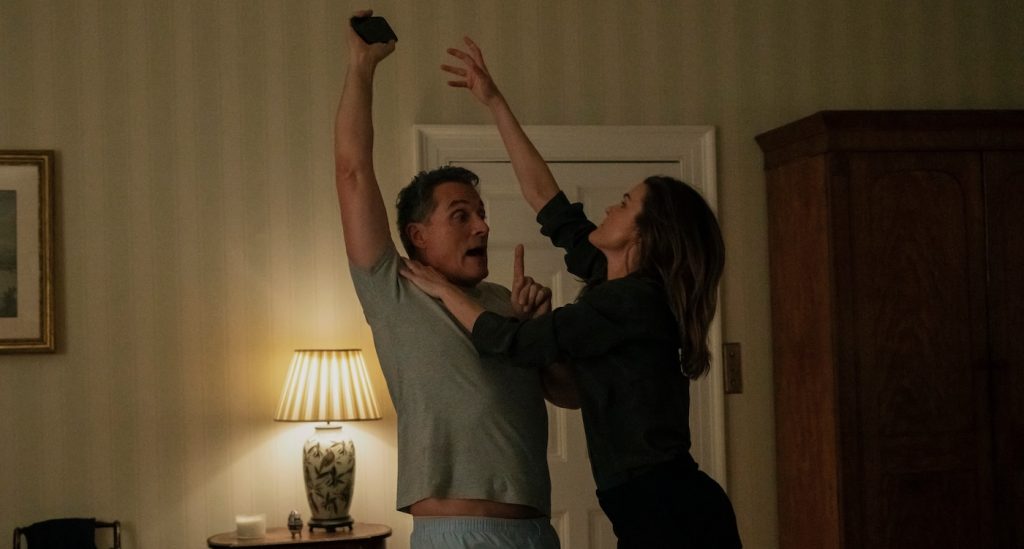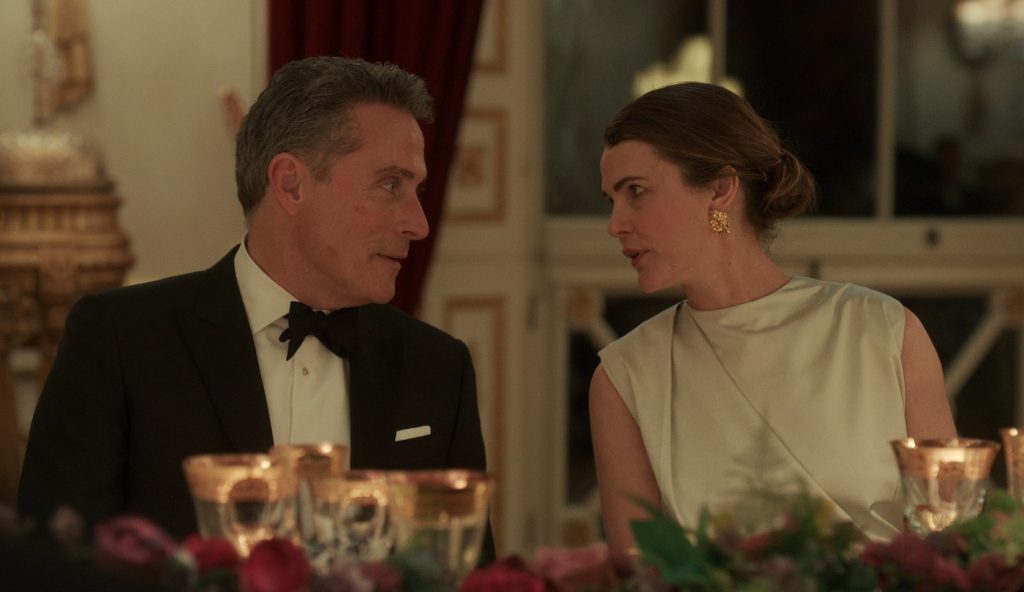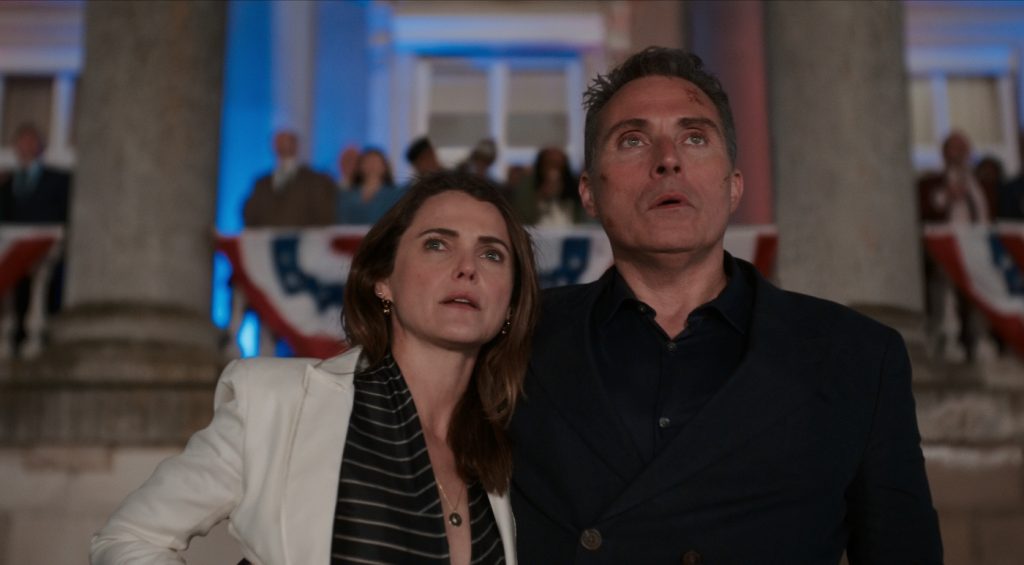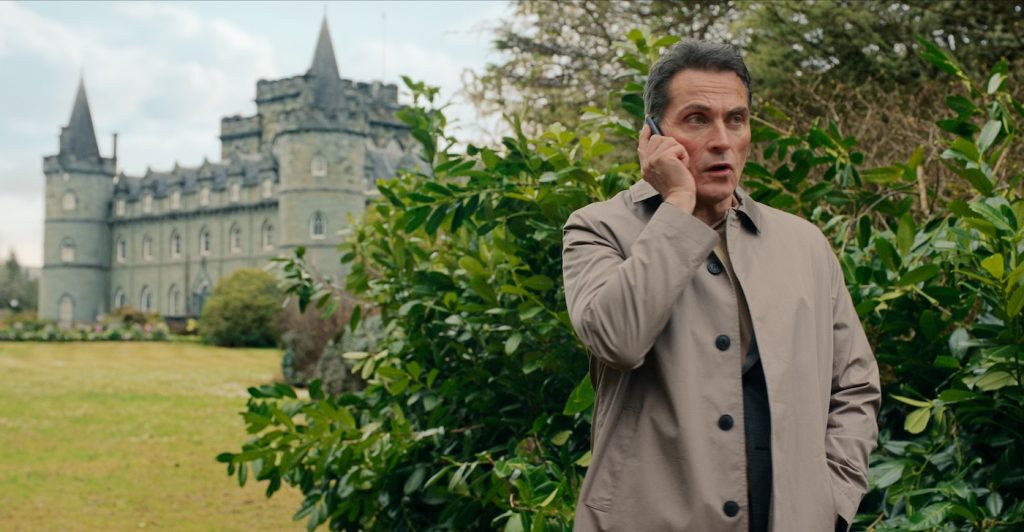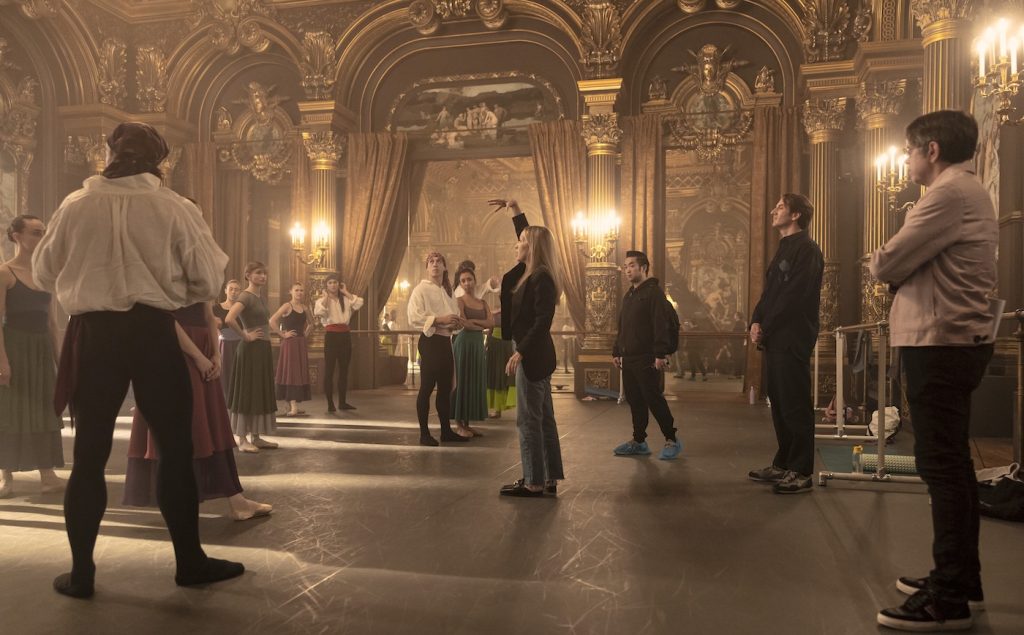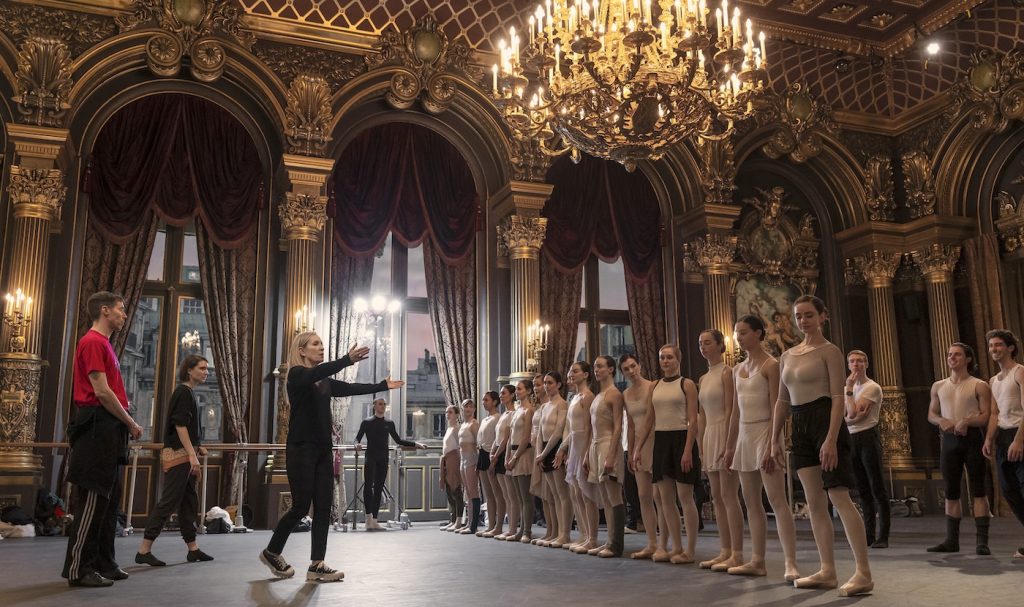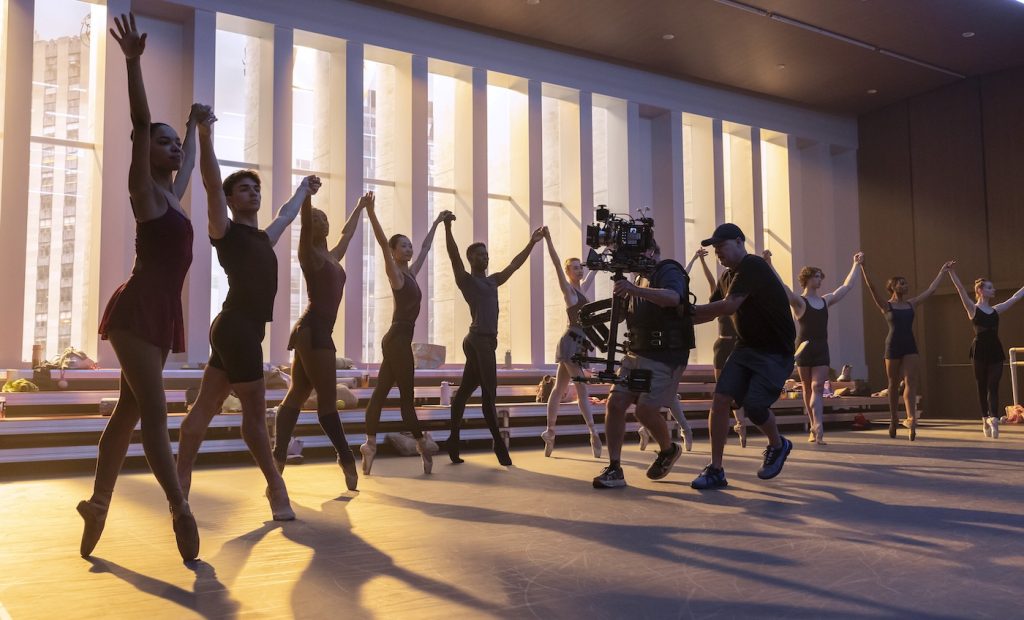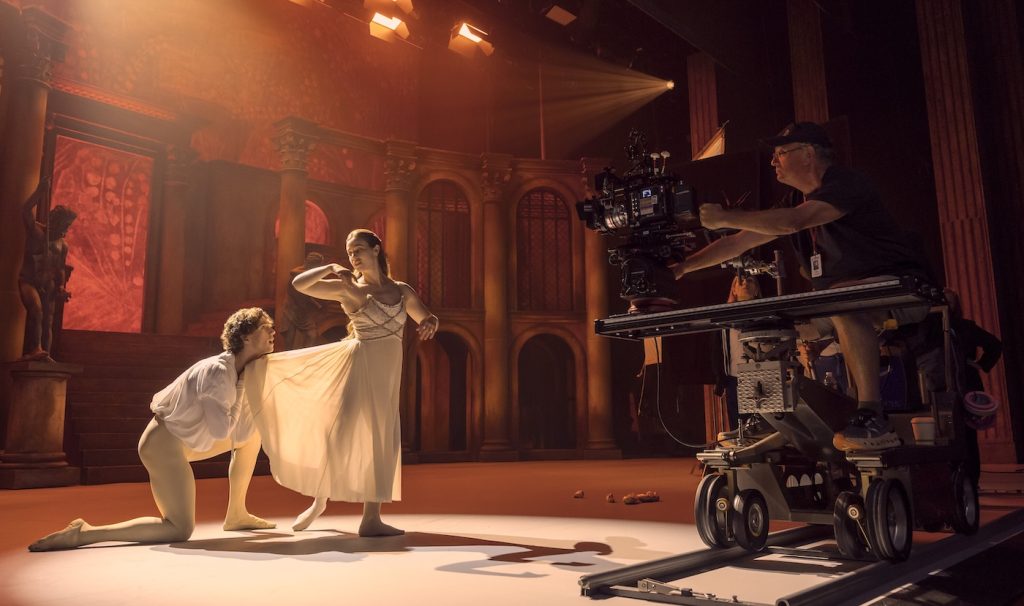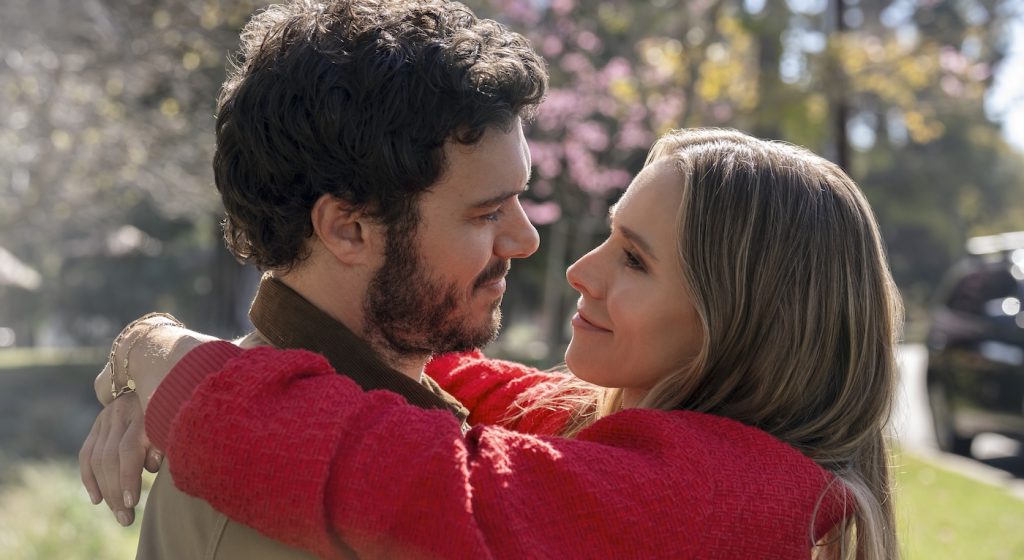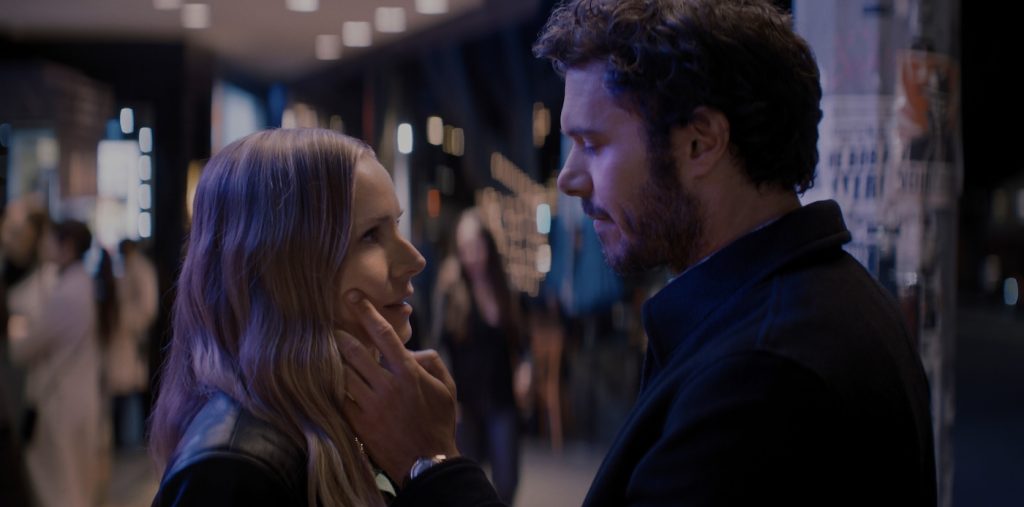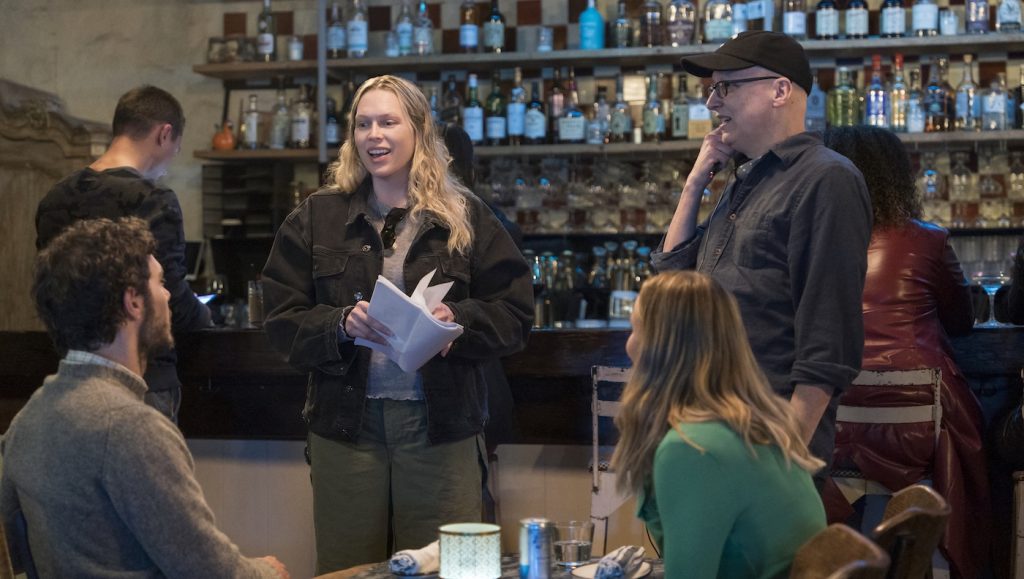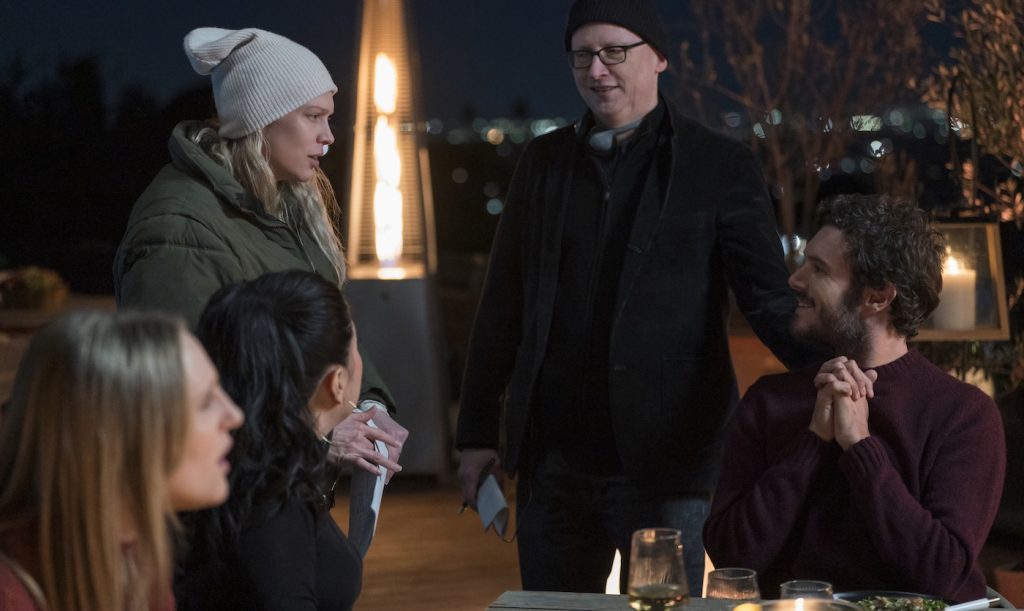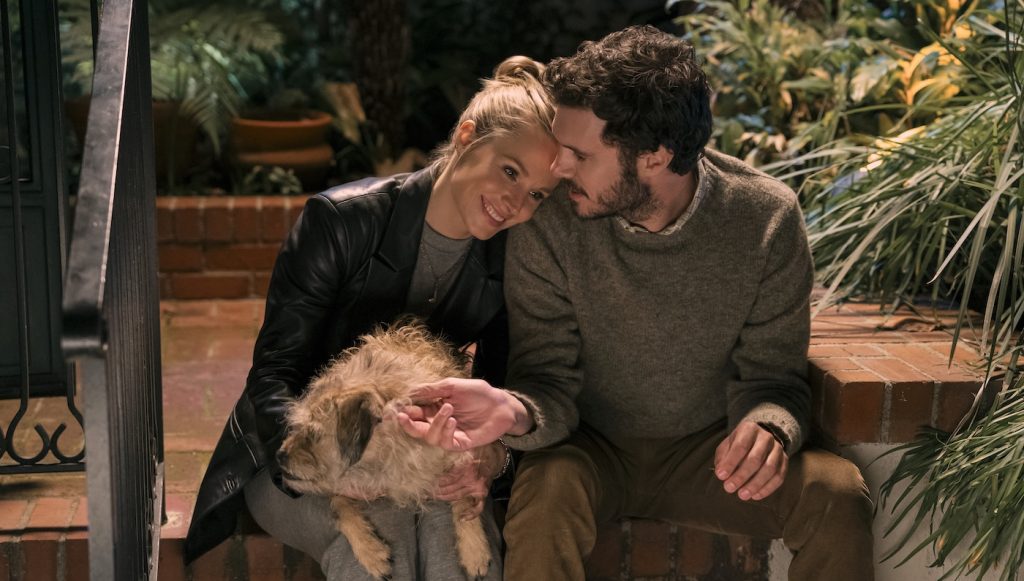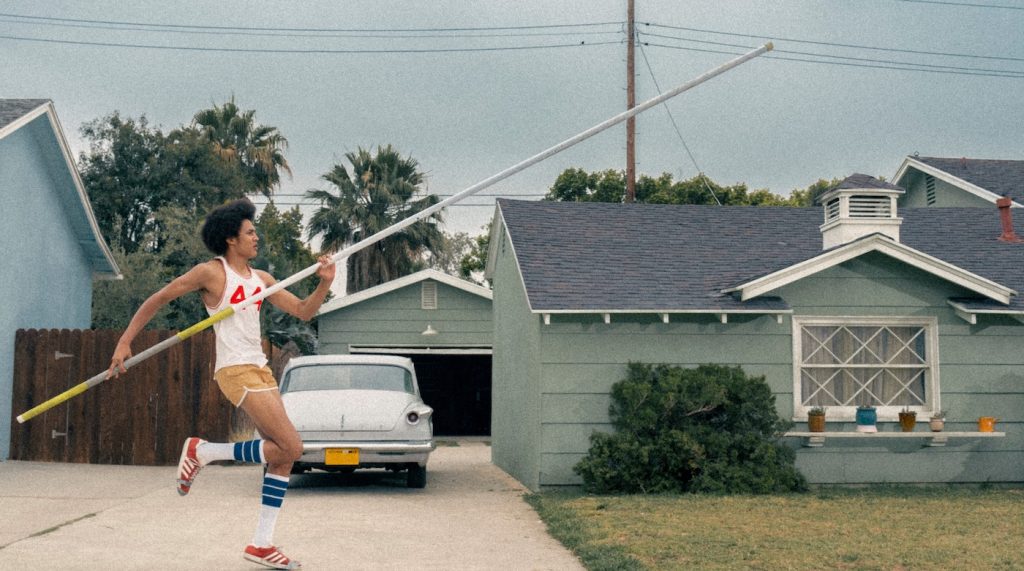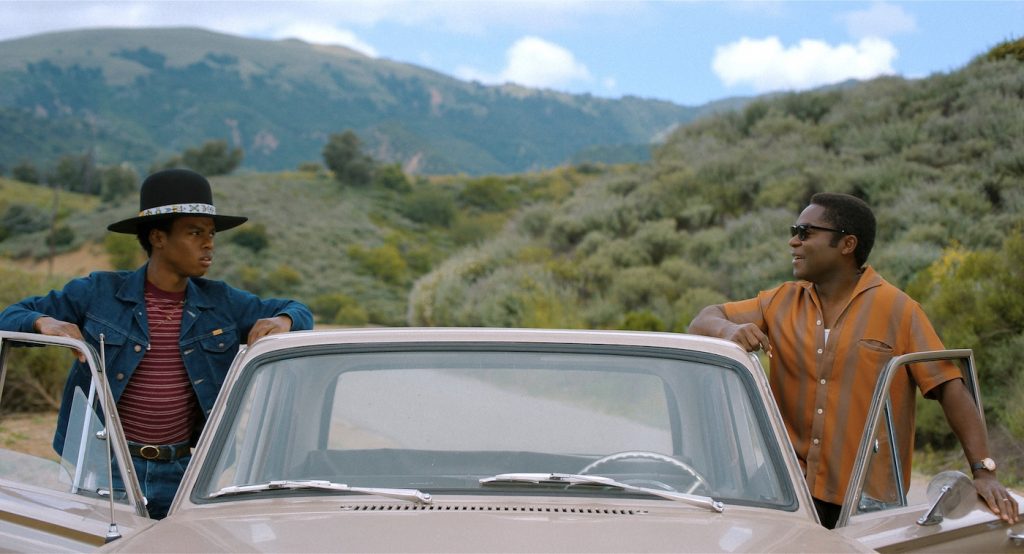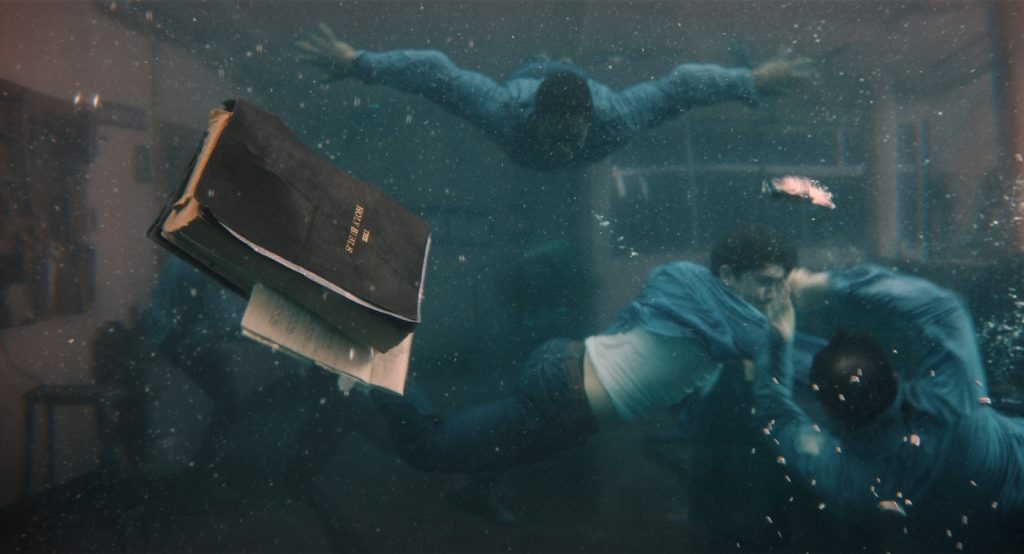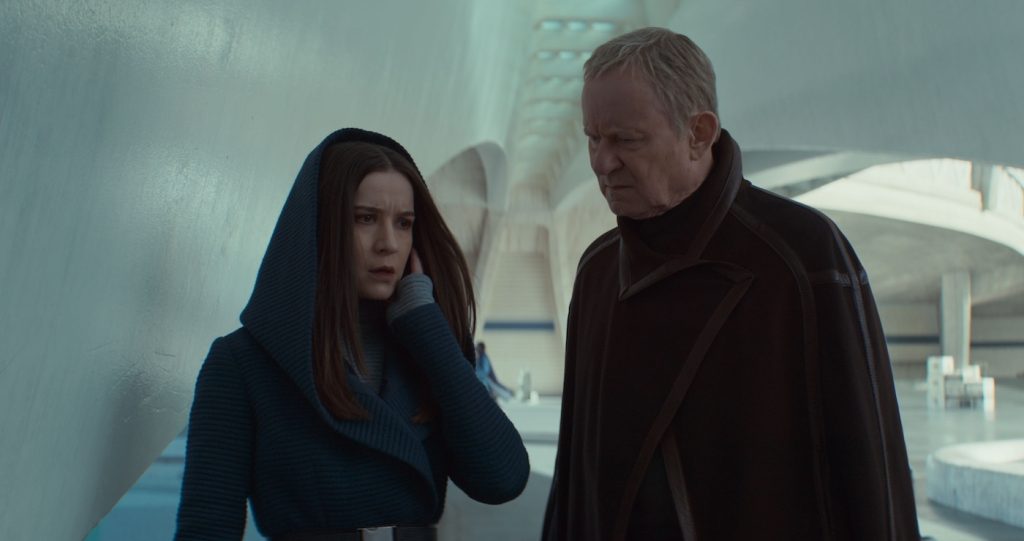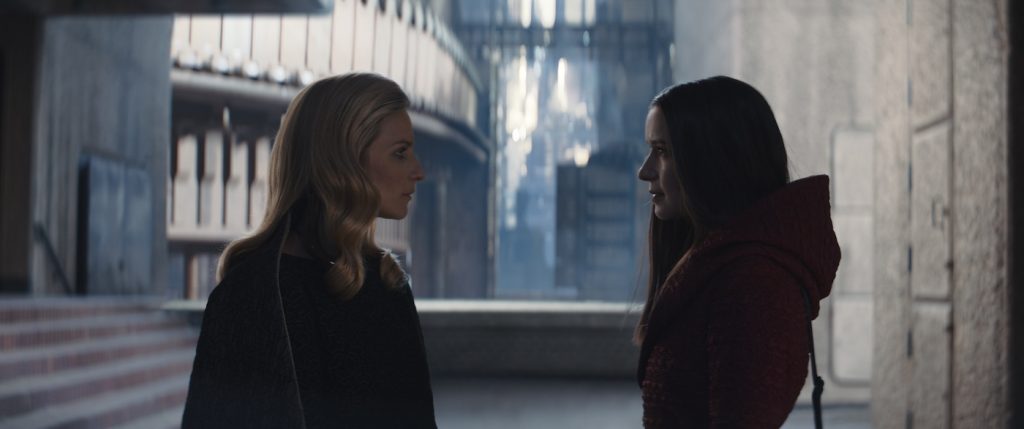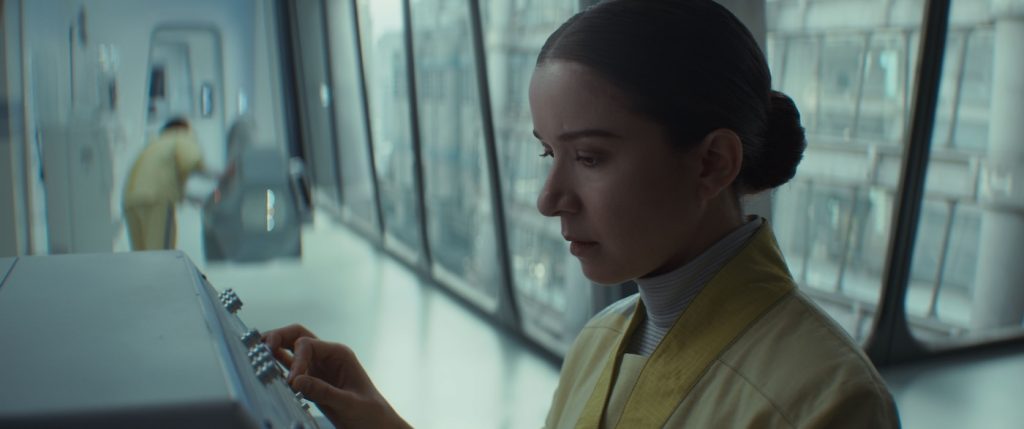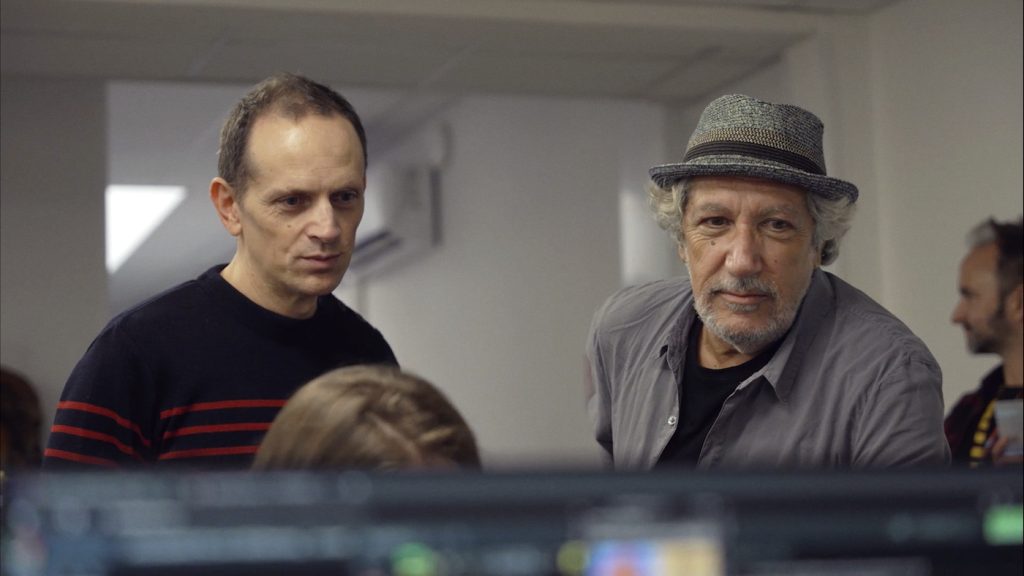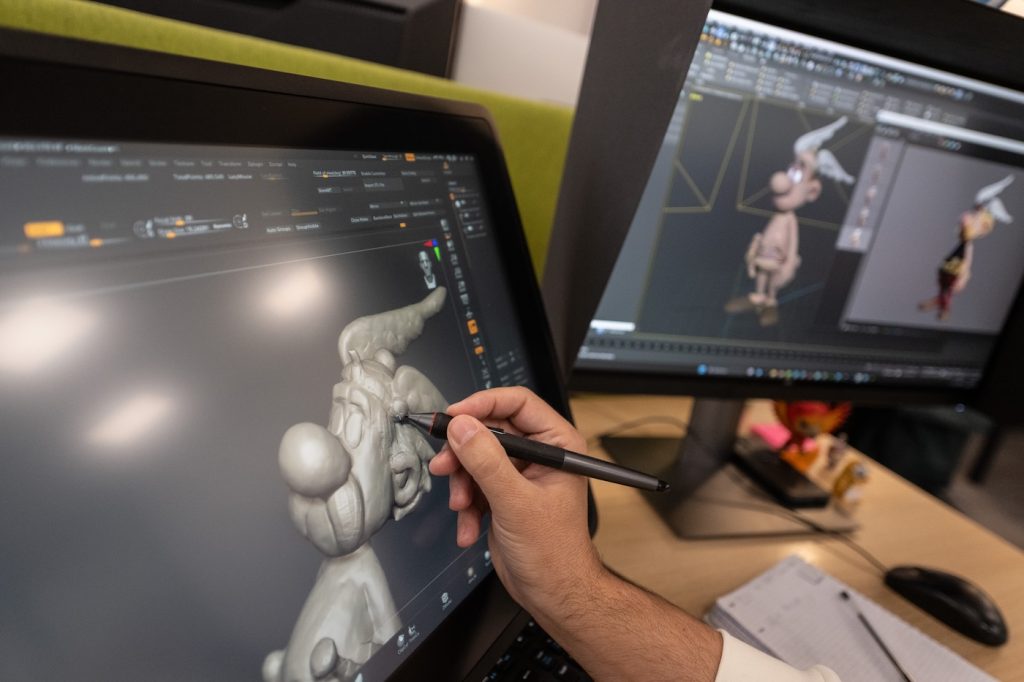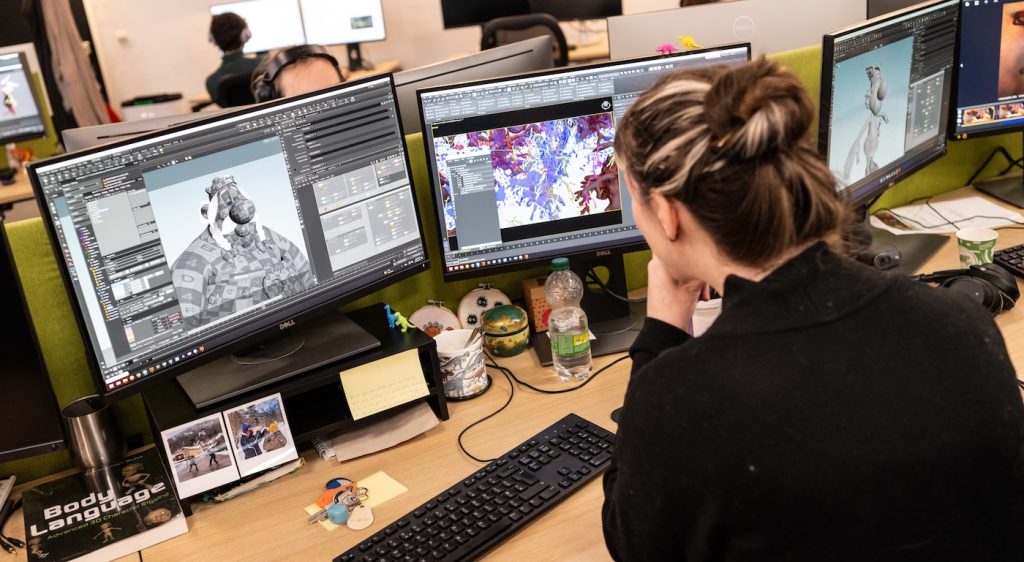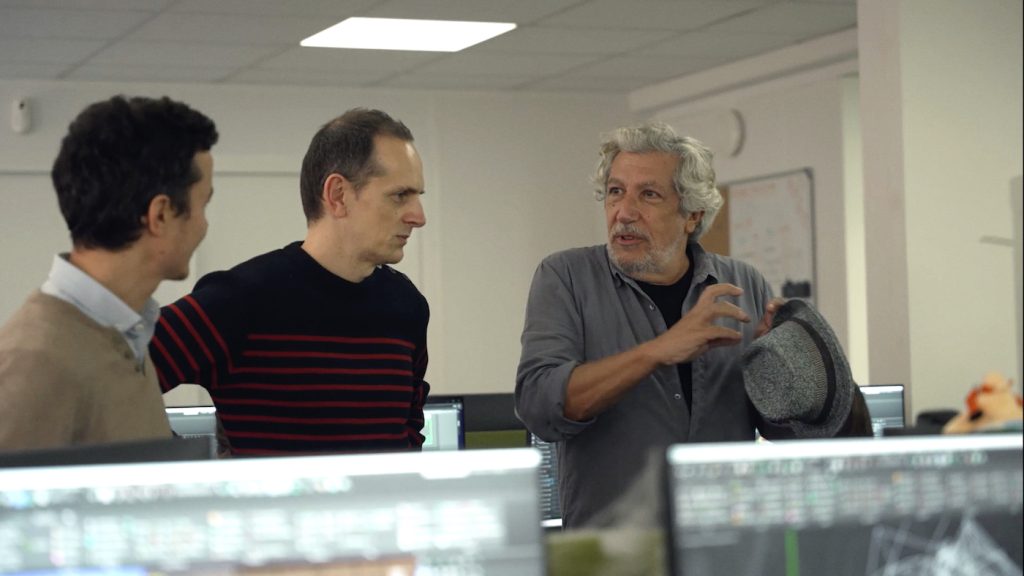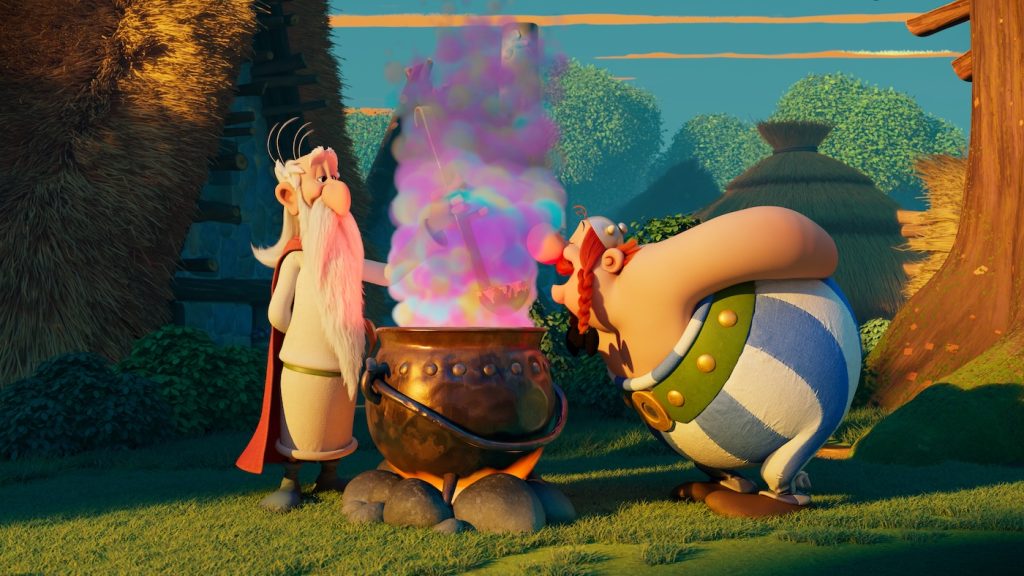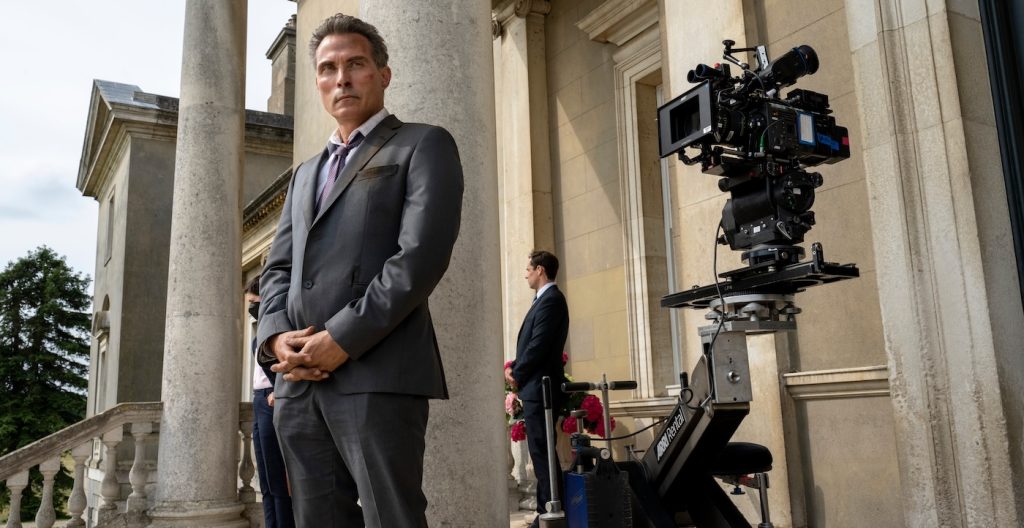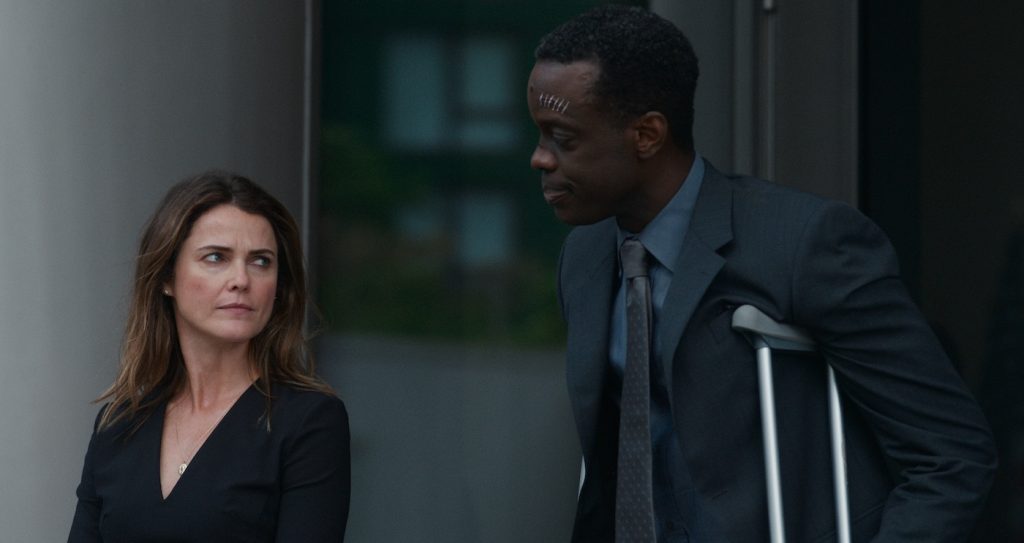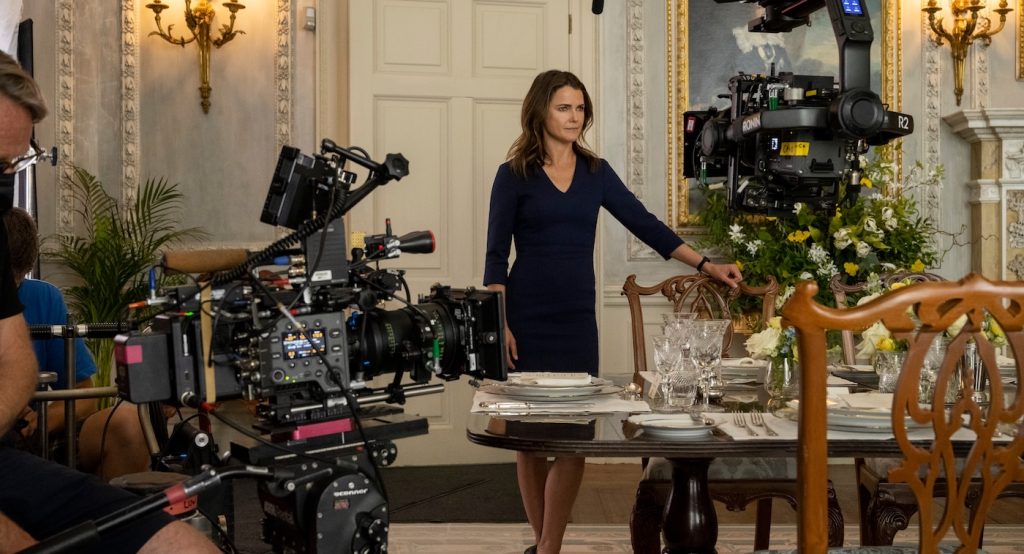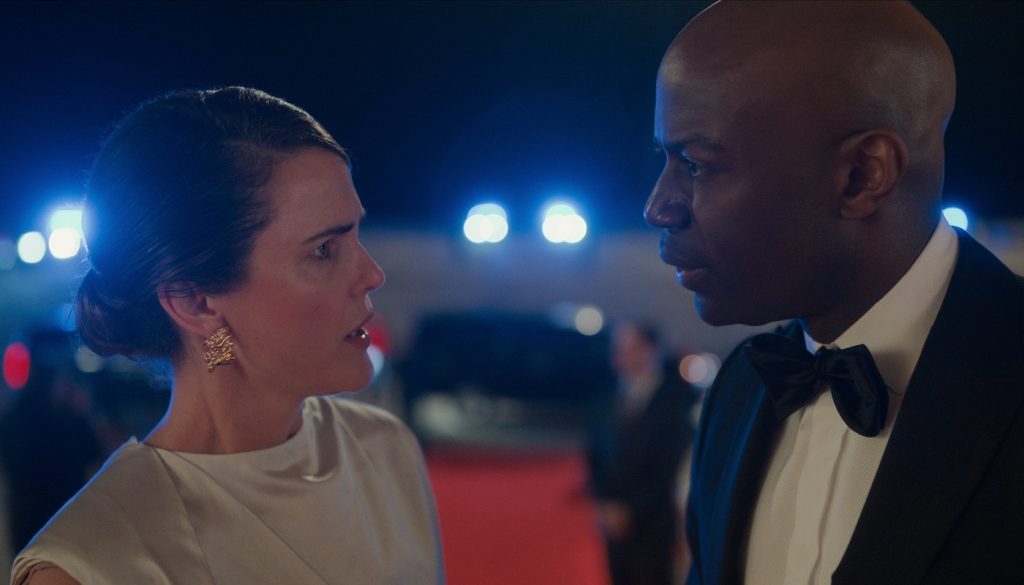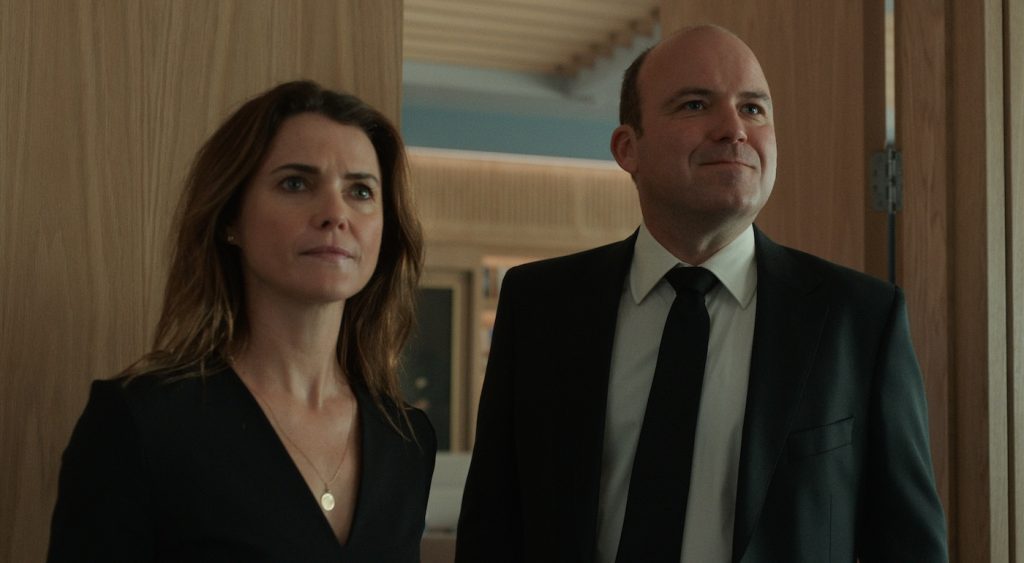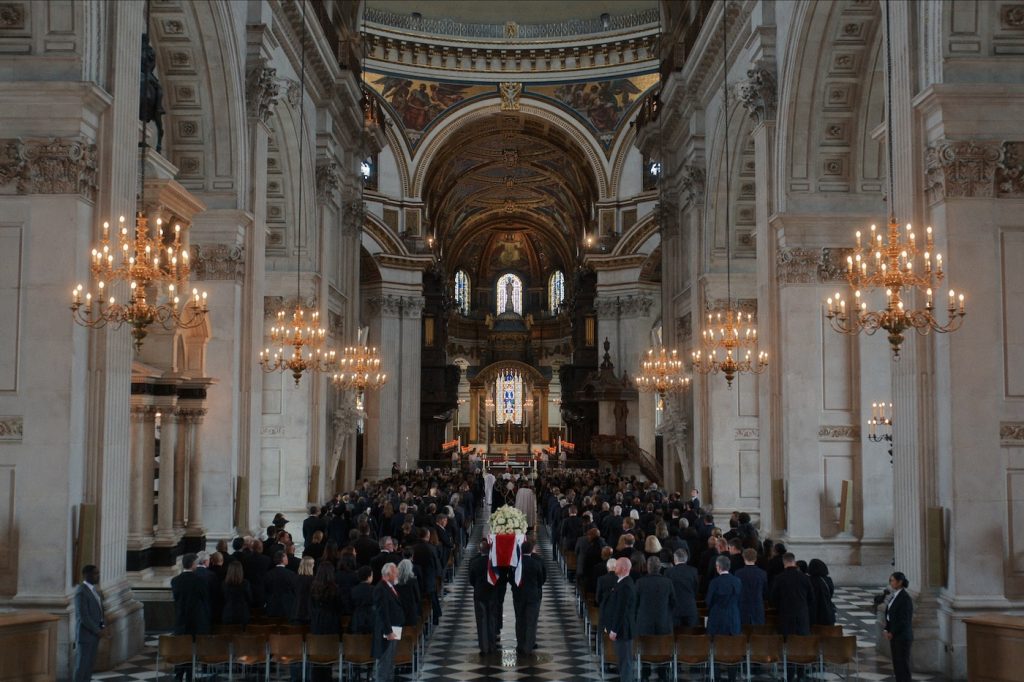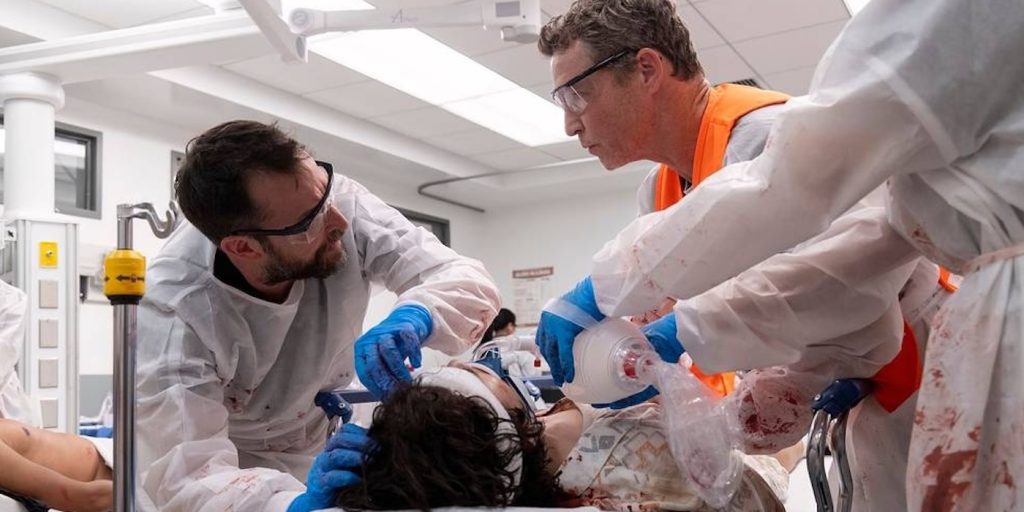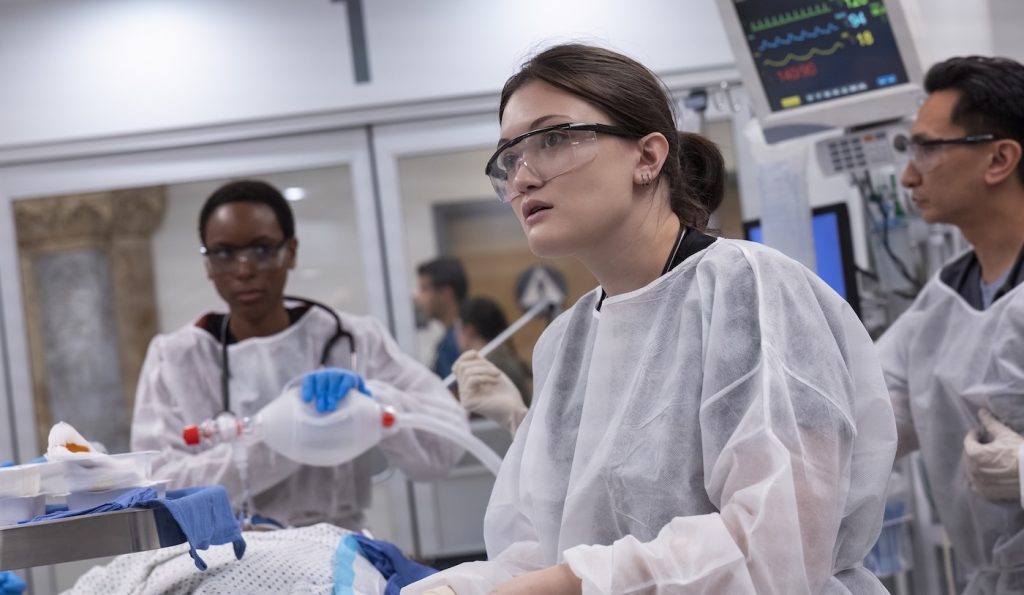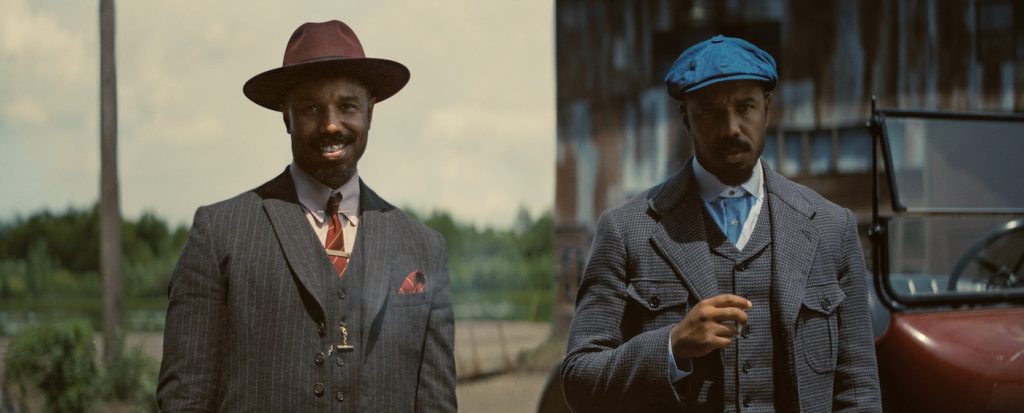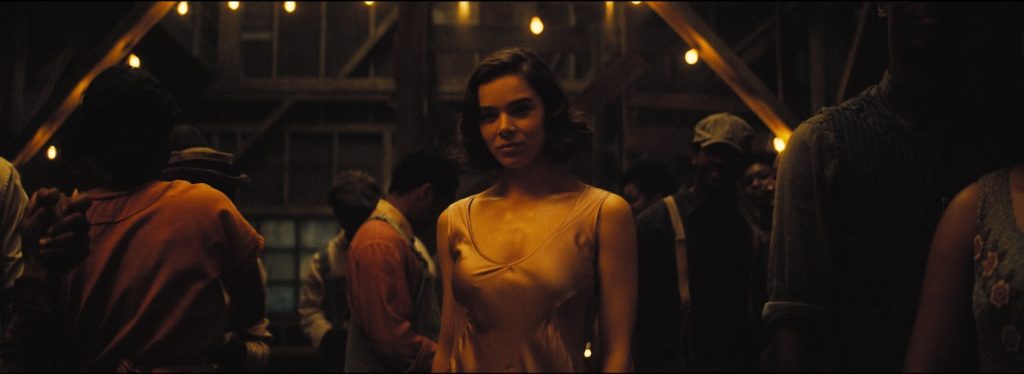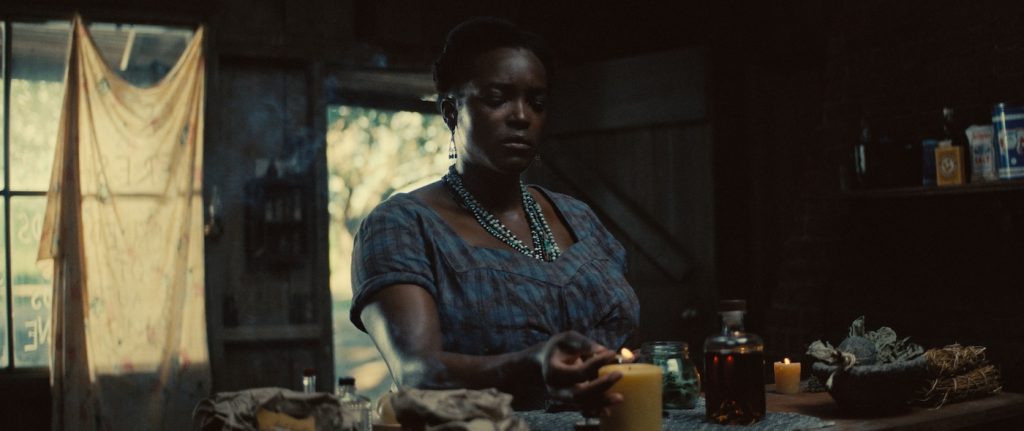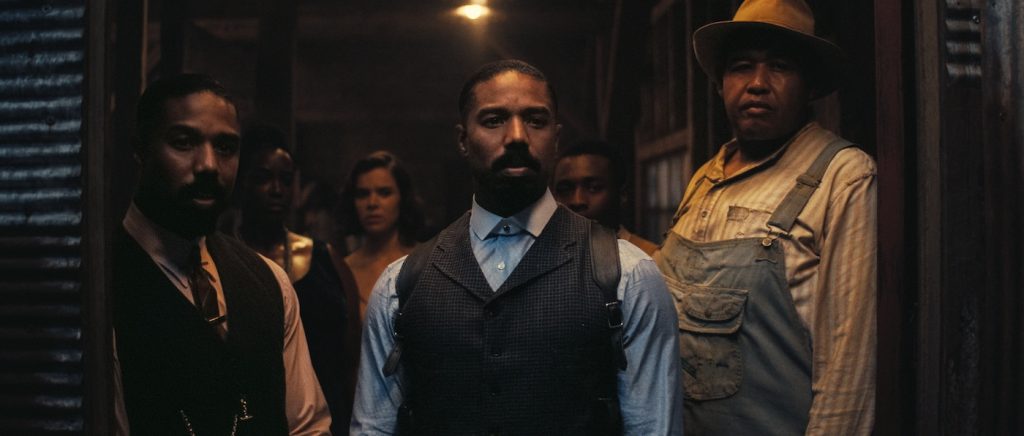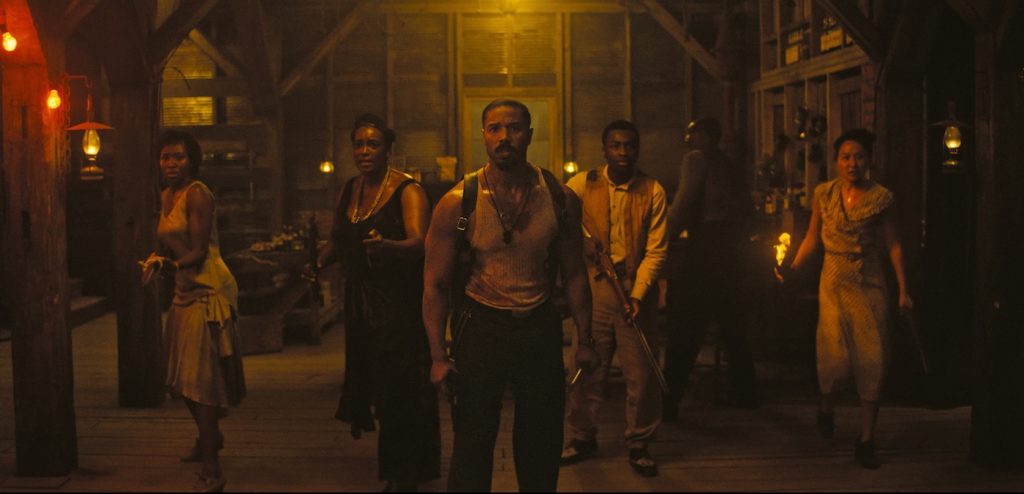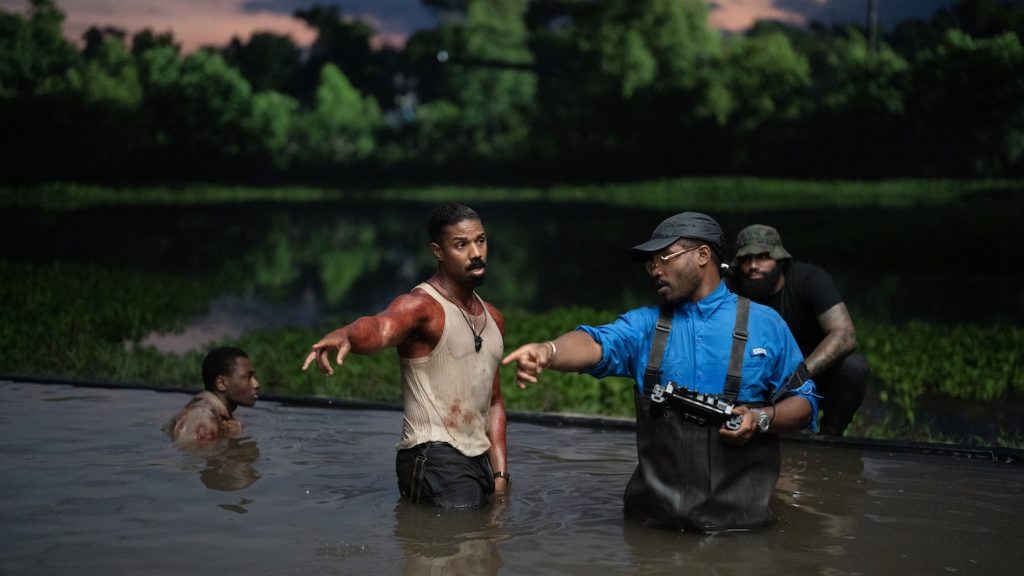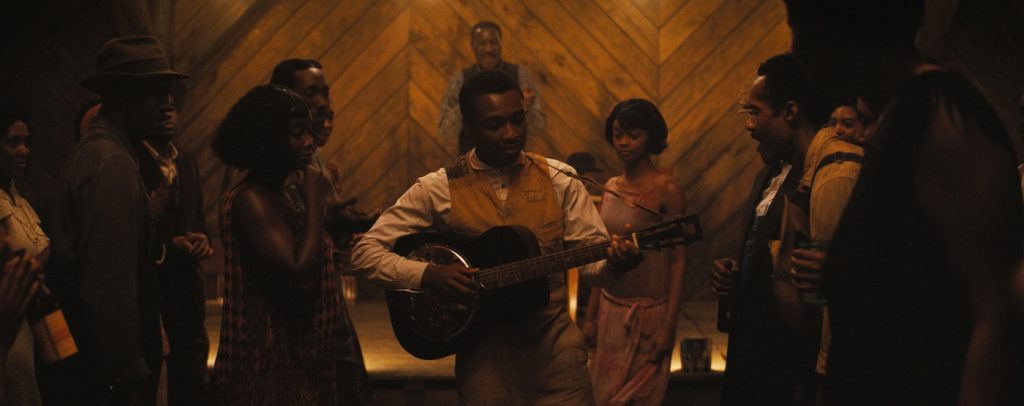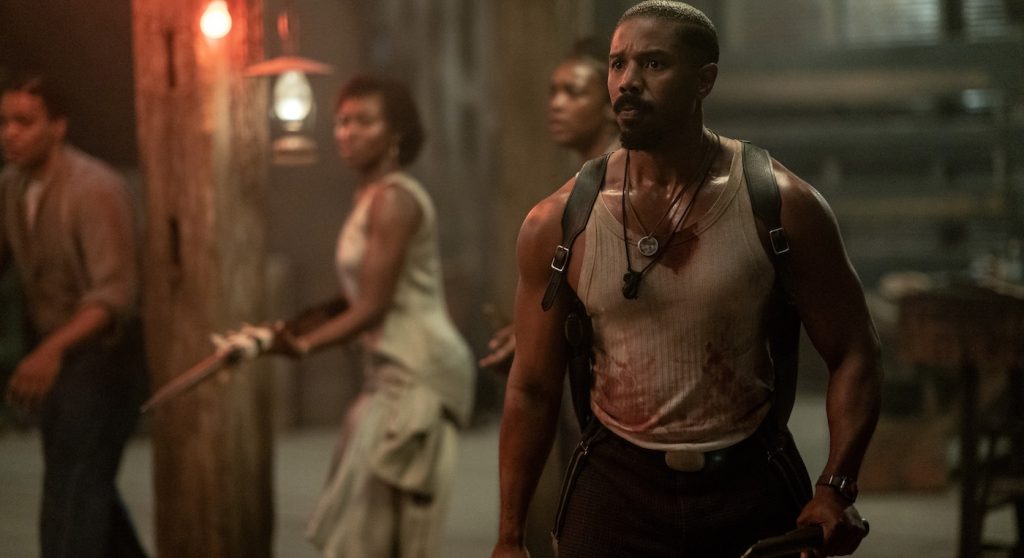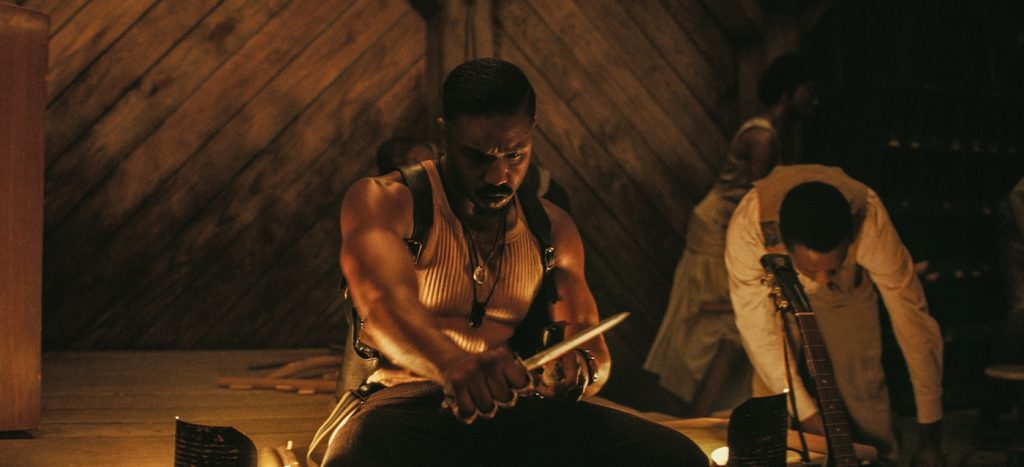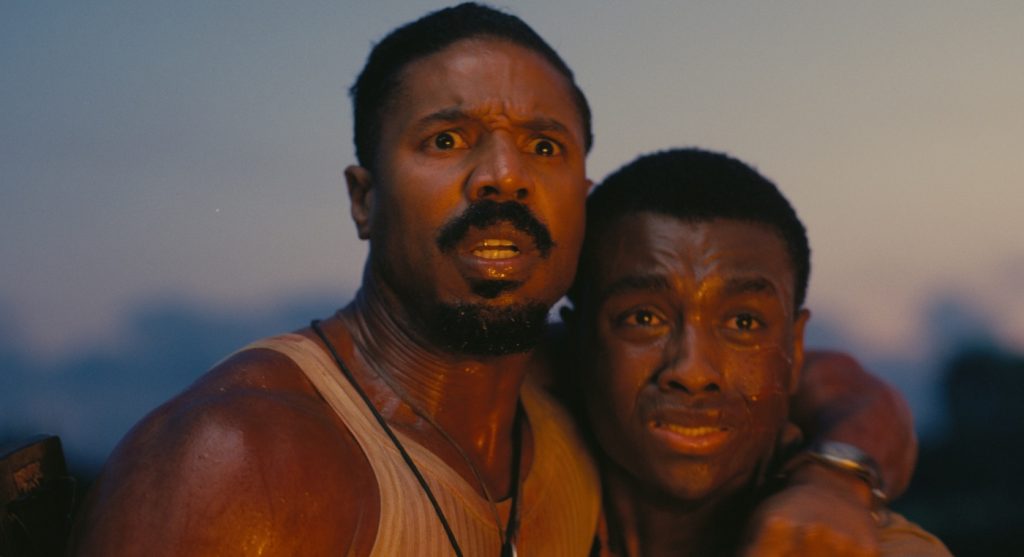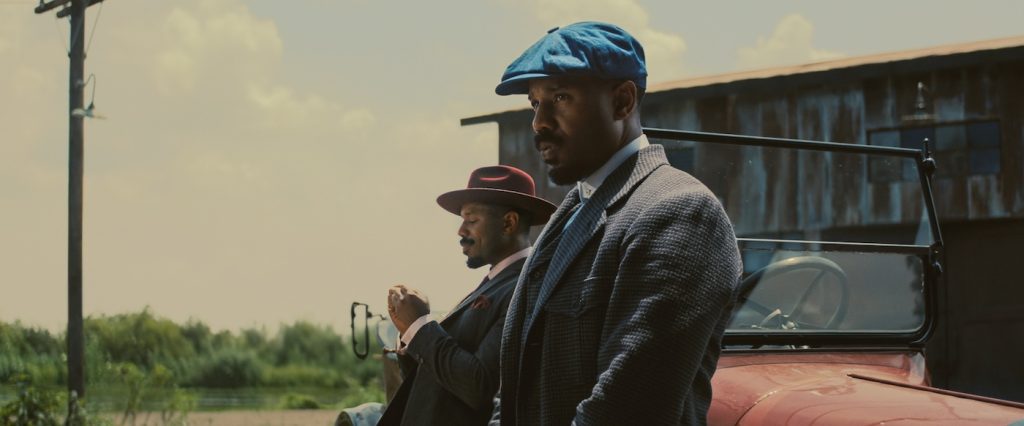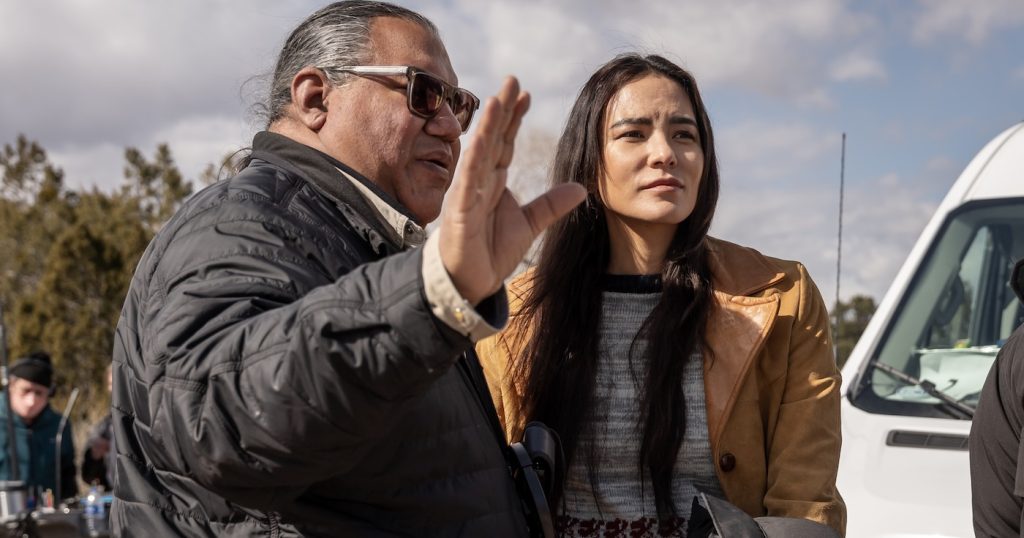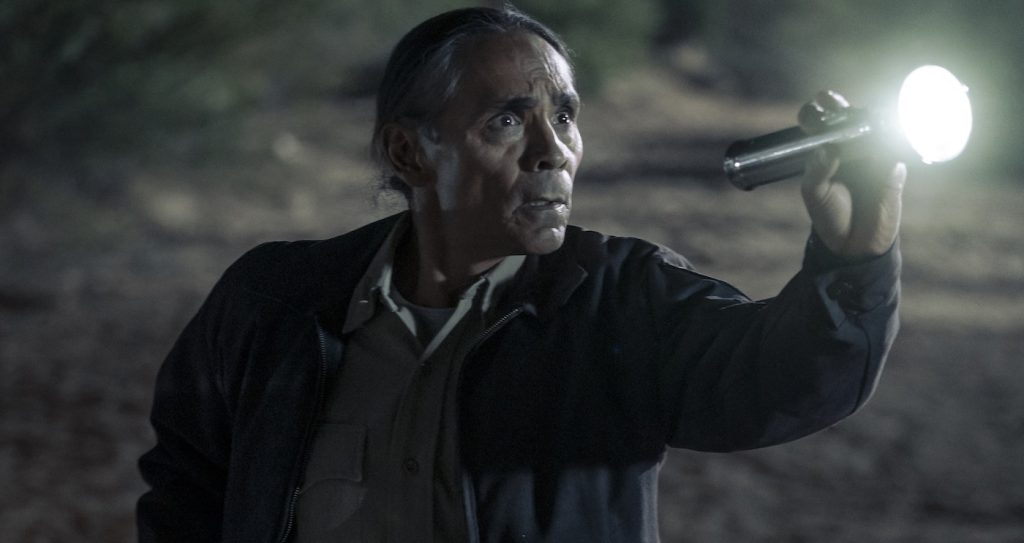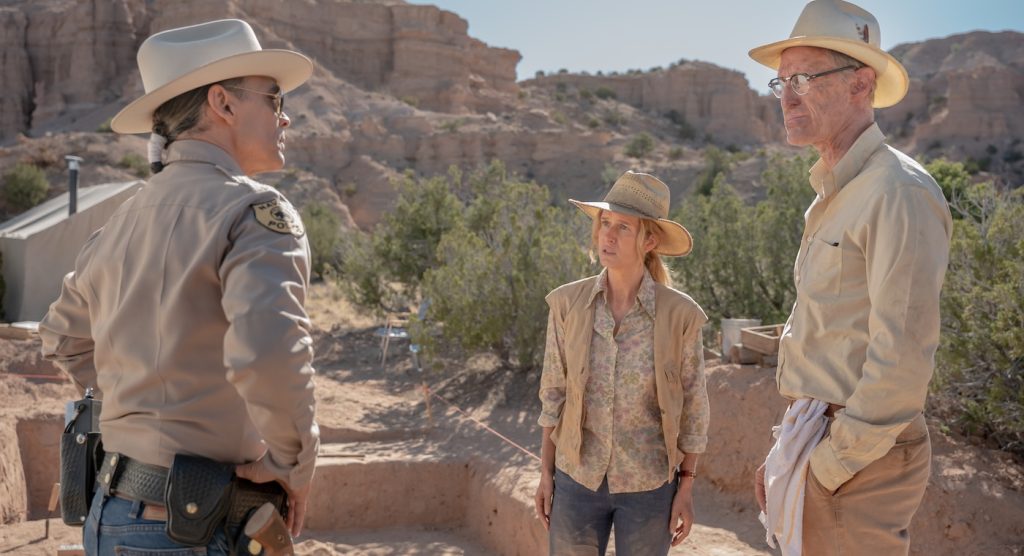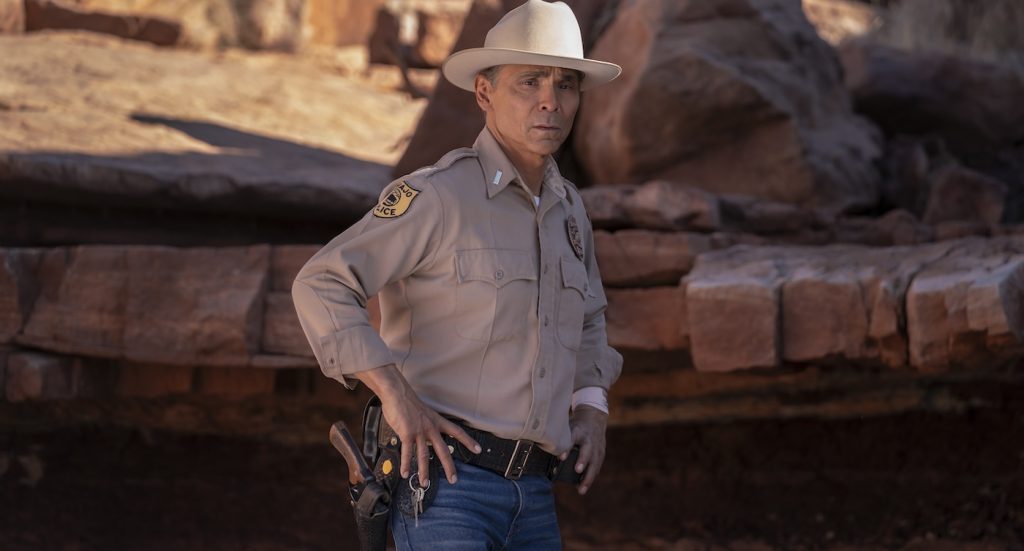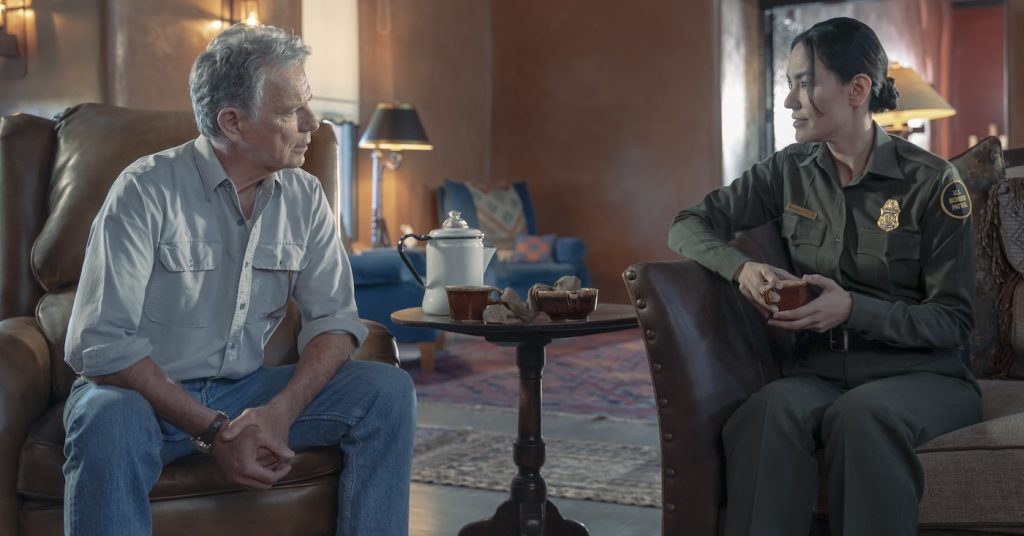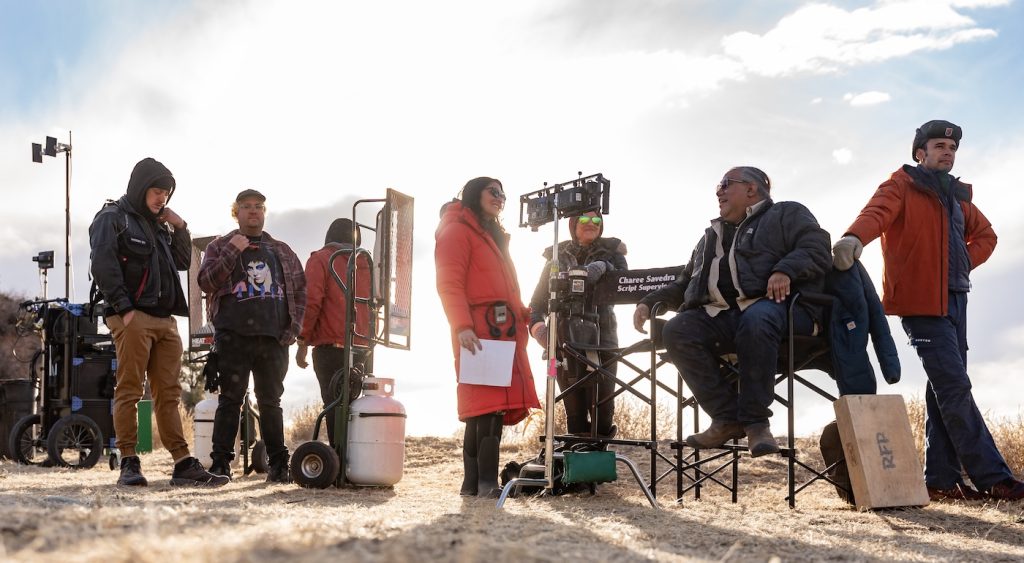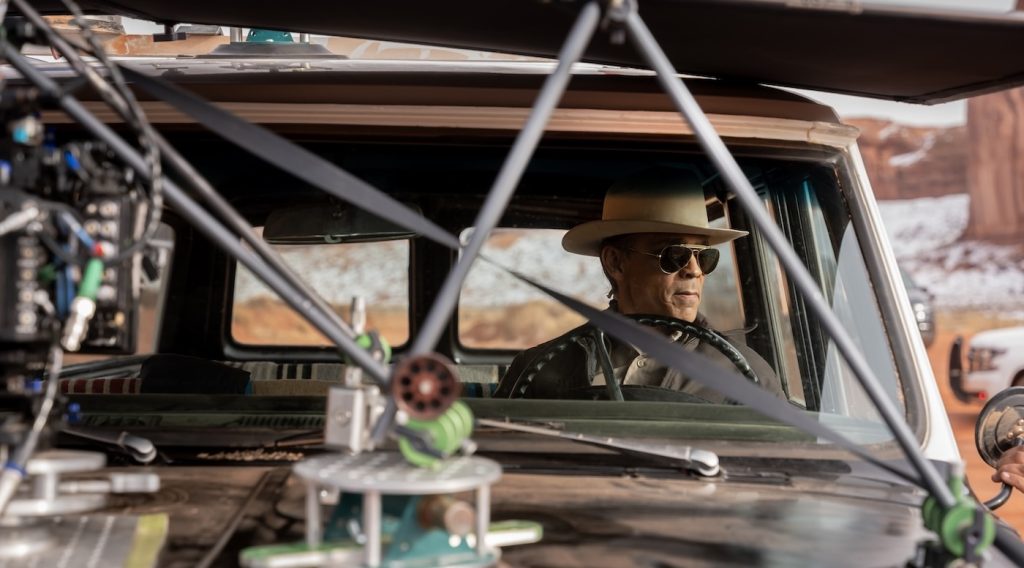There are many things Jason Harvey is. Currently, he’s the EVP and General Manager of BET+, a subscriber-based streaming service cultivated around Black entertainment. With that title, he oversees the programming strategy, business operations, and revenue growth, among other responsibilities. Previously, he served as a Peace Corps volunteer, worked with Google to expand its digital advertising in Latin America, and authored a children’s book about entrepreneurship. Oh, and he’s fluent in Spanish and Portuguese – all this while being a husband and a father of four. It’s safe to assume he’s an intelligent and motivated individual, and my assumptions were more than confirmed once I caught up with him following his attendance at the BSO Symposium.
Harvey shares with me that he has always had a passion for the digital tech space, but he’s a creative at heart. “I come from a pretty humble background, and when I went to undergrad, I had a lot of student loans. So, when I came out and started looking at entertainment jobs, the pay was not great. I needed to make some money fairly quickly, so I had to look for other opportunities outside of entertainment, but I always had this desire to get back. I guess serendipitously, it came full circle.”
Since his time at BET+, the platform has seen measurable success in a crowded streaming space. So, I wanted to ask about what’s led to their growth, how they leverage data to better the viewing experience, and most importantly, what’s up with price increases.
I have to ask for the consumers out there—can you speak to what can drive a monthly price increase for BET+?
That’s a great question and one we take seriously. For over three years, BET+ maintained a static price point, even as we expanded our content library and invested heavily in platform improvements. In 2023, we made a deliberate decision to implement a modest $1 price increase, roughly a 10% adjustment, reflecting the value we’ve added while remaining competitive in the market. At the same time, we launched BET+ Essential, our ad-supported tier, to ensure affordability and choice. It’s priced at slightly more than half of our premium subscription and provides a flexible entry point for new viewers, especially in a more cost-conscious environment.
What are the price changes driven by?
Ultimately, price changes are driven by our commitment to deliver more value, whether that’s through premium original content, improved user experience, or expanded access via ad-supported options. Our goal is to scale smartly while ensuring that our audience always has a choice that fits their needs and budget.
In a way, does it all come back to profitability?
Absolutely, it all ties back to profitability, but not in isolation. Profitability allows us to keep delivering the culturally resonant, high-quality storytelling our audience expects. Growing our subscriber base is essential, but so is ensuring that the business is sustainable. That’s the balance every streamer is now navigating, which is why you’re seeing broader industry moves like price adjustments, password-sharing enforcement, and a focus on monetization strategies that prioritize long-term viability.
The streaming world seems like it’s as high-pressure and competitive as the feature film world.
At BET+, we face the same pressures: premium content creation is expensive, marketing to cut through the noise is essential, and maintaining a seamless product experience requires continuous investment. Every decision, whether it’s pricing, bundling, or content cadence, is about managing that balance: providing consistent value to our audience while making smart, strategic investments that drive growth and profitability. That’s what allows us to keep elevating Black stories, year after year.
All valid points. Creating and supporting content costs money. How does the team balance those two ideas?
It’s a constant balancing act, and we approach it through what we call the “Three Vs”: Volume, Velocity, and Variety. Volume ensures there’s enough content to keep subscribers engaged. Velocity speaks to how efficiently we can bring new content to market. And Variety ensures we’re offering a rich mix of genres, perspectives, and talent that reflect the diversity of our audience. Our goal is to deliver the best version of those Three Vs without compromising financial discipline. That means being highly strategic about where we invest, how we license, and how we produce. It also means being relentlessly efficient in our marketing, using data to target the right viewers at the right time with the right message. Profitability doesn’t come at the expense of creativity; it comes from building a smart, data-informed ecosystem that allows us to scale great storytelling sustainably.
Can you expand on the types of data that’s being used?
We rely on a robust mix of first-party data, behavioral analytics, and qualitative insights to inform how we program, market, and operate BET+. Our first-party data gives us a granular view into viewer behavior, what they’re watching, how often, when they disengage, what drives repeat viewing, and more. But we don’t stop there.
How so?
Every month, we conduct subscriber surveys to measure satisfaction and surface unmet content needs. We also run focus groups and cultural panels to stay in step with emerging trends and evolving audience preferences. On top of that, we partner with top-tier third-party research firms to complement our internal insights with broader industry benchmarks. All of this intelligence feeds into our “decision engine,” which shapes content decisions, optimizes marketing efforts, and guides operational investments. It’s how we ensure that BET+ remains culturally resonant and commercially sound.
You publicly mentioned that data from AI software companies Snowflake and DataBricks helps BET+ understand consumer engagement. Can you point to specific data that enables scale and improves consumer experience?
Yes, we’ve used it to build a robust subscriber health scoring system, ranging from A to E, that gives us a real-time, predictive view of audience engagement and loyalty. ‘A’ subscribers are highly engaged and likely to stay long-term. On the other hand, lower-tier scores indicate a rising propensity to churn, which triggers automated workflows within our CRM. These insights fuel targeted retention strategies, from personalized content recommendations to proactive messaging designed to re-engage at-risk users before they disengage.
Do you utilize these companies in other ways?
Beyond that, we use AI-powered models across our ecosystem: a recommendation engine to drive discovery, and a portfolio optimization model that evaluates whether our content mix is aligned with audience demand by genre, talent, and format. This kind of data-driven orchestration is only possible because we invested early in scalable infrastructure and partnered with world-class data scientists to ensure every user signal is captured, interpreted, and actioned in ways that meaningfully improve the BET+ experience.
That’s a tremendous amount of finite data. Can you elaborate more on subscriber health data and how it influences the platform experience?
We have grades for our subscribers, such as A, B, C, D, and E. The A subscribers are healthy. The model is telling us that they will be long-term subscribers. Then there’s what we call the propensity to churn, which means a customer may no longer use the platform. Folks who have a higher propensity to churn tell us we need to act. Then we start leveraging these models, pushing them into our CRM (customer relationship management), which then triggers specific communications to keep them on the platform. That’s a direct example of how we use this data and use machine learning to ultimately improve retention for BET+. We have a recommendation engine. That’s a model that helps with discovery. We have a portfolio analysis model that examines factors such as whether we have the right balance of content in a specific genre. We talk about the need for variety. This is all because early on, we had the opportunity to work with some data scientists who are super smart and built this data infrastructure to allow us to take advantage of all of these various events.
Are there data points that indicate whether a show can be successful before it is greenlit, or are decisions more creative-based?
It’s still about the creative! At the end of the day, success in content is still rooted in creativity, vision, execution, and talent. AI gives us powerful predictive signals, not certainties. It can identify favorable patterns say, a BET+ original thriller featuring specific talent combinations that have historically performed well with our audience, but it can’t read a script’s nuance or capture the cultural moment.
Our models inform us about optimal genre-talent pairings, audience demand curves, and even seasonality whether a title is better positioned for Q4’s high engagement window or a quieter release period. But greenlighting is a multidimensional decision. We consider content saturation, marketing alignment, and competing releases, and then layer in the human element: exceptional writers, visionary directors, strong performances, and post-production that delivers. So yes, data helps us reduce risk and increase the probability of success, but the creative execution is what ultimately makes a show break through.
Over the last few years, streamers have started offering consumers bundles. Subscriptions to multiple platforms at a reduced cost. This statement might be a stretch, but we could eventually get to a point where all streamers are packaged into a single bundle, which seems like cable TV all over again. Is that your feeling, or do you consider it an entirely different revenue stream than cable?
I see streaming bundles as a fundamentally different revenue model from traditional cable. While the structure may appear similar on the surface, multiple networks under one subscription, the behavior, audience segmentation, and content strategy are entirely distinct. For example, BET+ serves a younger, more digitally native audience compared to linear BET, with notable differences across age, income, geography, and gender. That diversity gives us the flexibility to program more boldly and take creative risks that wouldn’t always be possible in traditional cable environments.
Our recent bundle with Starz on Amazon Channels is a great example. Starz has compelling, culturally resonant programming that aligns with the BET+ audience. By bundling, we’re not just offering a discount, we’re curating a richer, more relevant content experience for the Black consumer. These partnerships are about strategic alignment and audience synergy, not retrofitting old models. Bundles in streaming aren’t a step backward to cable they’re a forward-looking tool to drive smarter discovery, engagement, and value.
You previously mentioned the possibility of BET+ including programmatic advertising or pause ads (ads that appear when a user presses pause). Any updates to either initiative?
We’re still in the early stages, but the momentum is strong. Our recent launch of the ad-supported tier on Amazon Channels was a major milestone because it gave us access to a highly engaged, primarily connected TV audience which significantly expanded our monetization capabilities. Now, we’re focused on optimizing ad inventory performance and deepening our understanding of viewer behavior within this environment.
As for innovations like pause ads, clickable overlays, and bumper formats those are actively on our roadmap. We see them as high-potential tools for non-intrusive, context-aware engagement. While not all of them haven’t been deployed at scale yet, we’re carefully testing and evaluating to ensure they enhance both the viewer experience and advertiser value. We’re committed to building an ad experience that’s premium, culturally relevant, and additive not disruptive.
[Connected TV (CTV) refers to streaming content on internet-enabled TVs. It differs slightly from over-the-top (OTT) services, which encompass all devices, not just smart TVs. CTV advertising is a form of digital advertising where ads can run alongside shows, be interactive, or be shown instream.]
Are there any considerations for international growth?
International expansion is absolutely on our strategic horizon as it represents a significant growth opportunity for BET+. Markets like the UK, Canada, Brazil, and the Caribbean have sizable diasporic audiences with strong cultural alignment to our content, and we believe there’s real revenue potential in those regions.
That said, our immediate focus remains on maximizing the momentum we’ve built domestically. The launch of our ad-supported tier has unlocked new scale in the U.S., and we’re just beginning to tap into that opportunity. We’re also closely analyzing the performance of our recent bundling initiatives to inform how we might replicate that model in international markets.
With the right partnerships and a phased approach, global expansion is not a question of “if,” but “when” and we’re being deliberate to ensure we scale both sustainably and strategically.
BET+ has a very successful original content pact with Tyler Perry. Can you speak on finding new talent you want to invest in?
Tyler Perry continues to be a cornerstone partner for BET+. His ability to consistently deliver high-performing content across acquisition, engagement, and retention is unparalleled and that engine continues to drive real value for our business. But equally important is our commitment to cultivating the next generation of visionary Black storytellers.
At BET+, we’ve been intentional about building a platform that not only celebrates established icons like Tyler and Kenya Barris but also provides meaningful opportunity for rising voices like Diarra Kilpatrick, whose Diarra from Detroit is sharp, bold, and fresh, and Jordan Cooper, who’s redefined sitcoms with The Ms. Pat Show.
What makes BET+ unique is our dual mandate to champion both proven talent and emerging creatives who are pushing boundaries. That’s where we find the most energy and promise: enabling authentic stories to be told that might otherwise struggle to find a home in an increasingly risk-averse industry. It’s not just a differentiator; it’s our mission.
What do you see as the potential hurdle in the industry for Black content?
There’s no question that strong Black-led content exists like Dope Thief on Apple TV+, Paradise on Hulu, and Survival of the Thickest on Netflix are great examples. But the broader challenge lies in the systemic shifts we’re seeing across the industry. As streamers tighten their content spend, dollars are increasingly directed toward projects perceived to have broad, mass-market appeal. That often comes at the expense of content designed for more culturally specific audiences.
One of the biggest hurdles is the lack of well-established success proxies for Black content. Too often, projects led by Black creators are seen as niche rather than essential, despite their impact and reach. The industry still struggles to measure the true value of culturally resonant storytelling beyond just traditional metrics.
How so?
Commercial success starts with clear, platform-specific KPIs but too often, those benchmarks aren’t calibrated to reflect the dynamics of Black content. What does success look like for culturally specific storytelling on a given platform? Without a defined framework, it becomes easy to undervalue or misjudge performance.
Discovery is another major barrier. Studies, including a notable McKinsey report, have highlighted algorithmic bias in recommendation systems, which can deprioritize Black-led content in user feeds. If audiences can’t easily find the content, it limits viewership and in turn, limits the data that proves its value. So even when the creative is strong and the audience exists, structural issues in how content is surfaced and evaluated can hinder its commercial potential from the start. Until that changes, the pipeline for Black-led content will continue to face headwinds, not due to lack of talent or audience demand, but because of outdated frameworks for evaluating success.
That’s similar to the algorithms used on social media. If you click on a cat once, you’re seeing cats for the next few days.
Hahaha, that’s right. So, there are a few things that make it more difficult for some of the broader mainstream streamers, which is why it’s so important for us to continue to operate and give these creators a platform.
Featured image: Jason Harvey.
